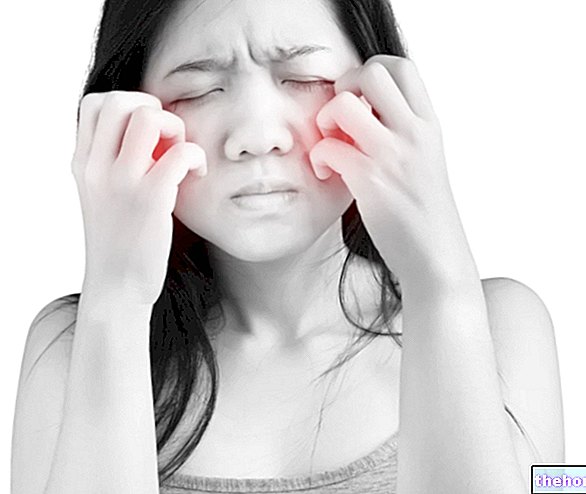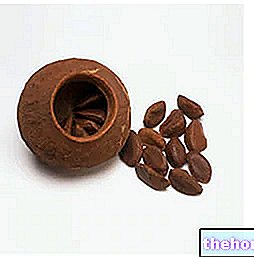
Acne conglobata is characterized by the presence of painful abscesses that spread under the surface of the skin and tend to flow into each other. These abscess formations result in draining fistulas (in simple words, subcutaneous "tunnels" are created from which foul-smelling pus comes out) and deep wounds that can leave hypertrophic and atrophic scars.
In addition to these cutaneous signs, acne conglobata is manifested by large, intensely red pimples, cysts and domed nodules.
Acne conglobata mainly affects the face and the upper part of the trunk (back and chest).
The causes of conglobate acne are not yet fully known, but various factors can favor its onset; these include: hormonal variations, genetic predisposition, concomitant pathologies and certain drugs.
Treatment depends on the extent of the disease and can use various topical and systemic agents to reduce inflammation and the formation of acne lesions.
and chest (individually or simultaneously).
In some cases, the disease can also affect the arms, abdomen, lower back, buttocks and scalp.
- Excessive sebum production: as happens in other forms of acne, the conglobate variant is also associated with a disorder of the hair follicles and their corresponding sebaceous glands. The latter are, in particular, affected by an excessive activation, in response to a neuroendocrine stimulus. By functioning more than normal, the sebaceous glands produce more sebum (an oily secretion that normally forms a thin protective layer on the skin). At the same time, keratinization of the sebaceous duct occurs, due to the hyperactivity of androgens (male sex hormones present in small quantities also in the female body).
- Obstruction of the follicle with sebum and keratinocytes: the sebum mixed with horny cells accumulates in the follicle, creating a sort of "plug", which prevents the secretion itself from flowing out. This forms the blackhead, which constitutes the primitive lesion of the "acne.
- Release of multiple inflammatory mediators: the inflammation of closed comedones is manifested by a reddened papule, slightly raised, on which a pustule (pimple) can overlap due to the proliferation of bacteria that are normally present in the skin ecosystem. of the inflammatory process in depth causes the formation of nodules and cysts.
Often, acne conglobata begins suddenly as an acne vulgaris that slowly worsens or may arise as a result of the worsening of a pustular acne; at other times, the disease appears gradually following a recurrence of acne that has been dormant for many years.
Unlike other forms of acne (eg papulo-pustular, comedonic, cystic, etc.), the conglobate variant is characterized by an "exaggerated amplification of the pathogenetic mechanisms underlying the same pathology.




























